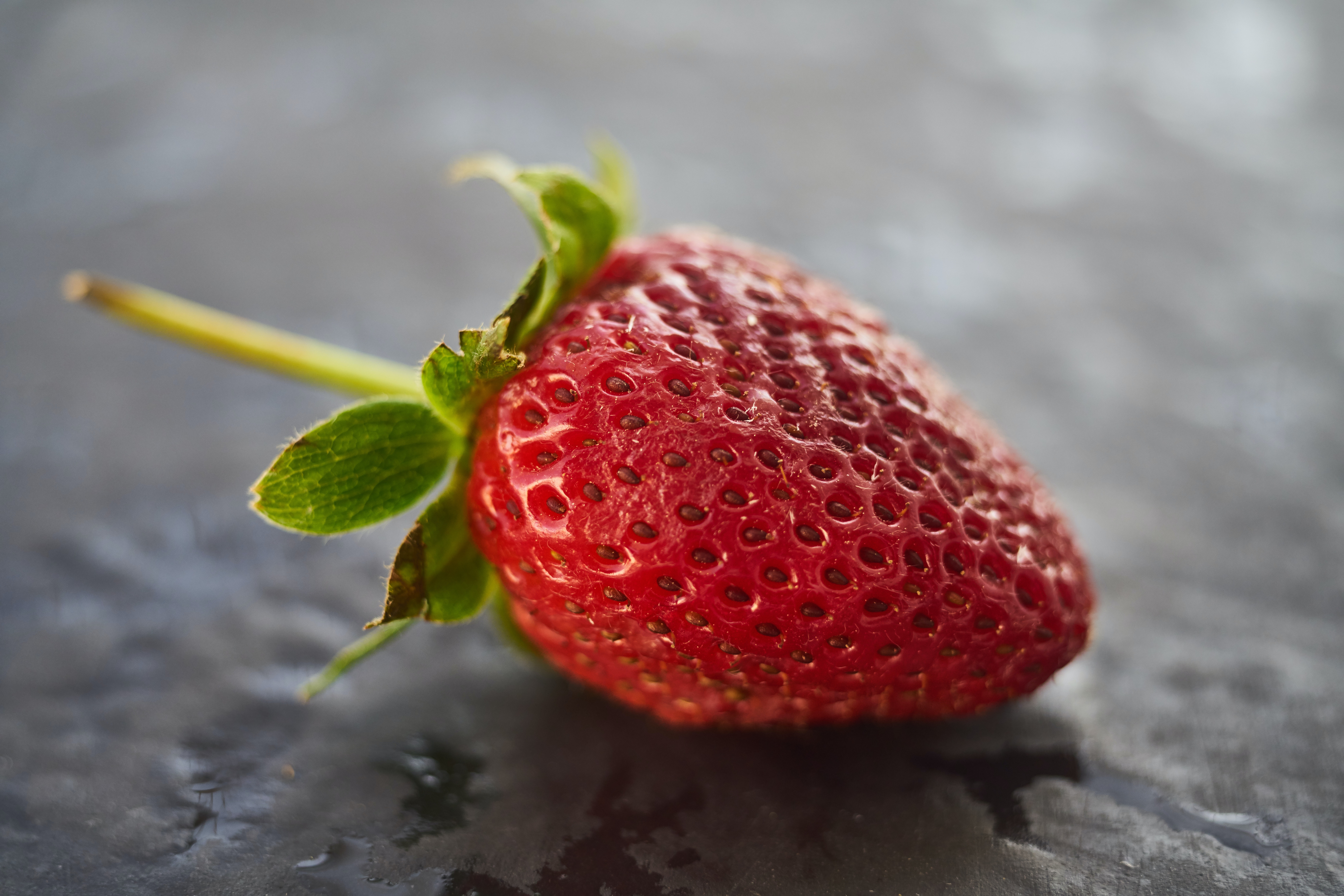Strawberry plants should be winterized once they have entered dormancy and the temperature gets cold enough to damage them. You don’t want to do it too early risking dew beneath the mulch and freezing the plants if they are still actively growing. The plants have gone dormant when you have regular cold temperatures and plant foliage begins wilting. Be sure to keep watering regularly until this point to keep soil temperatures as even as possible. If strawberry plants have poor care or nutrition during the end of the summer, they won’t form many buds come spring.
- Remove all the dead and wilted leaves from your strawberry plants.
- Next, clear any accumulated leaves or debris from the strawberry beds.
- Finally, place a thick layer of mulch over the strawberry plants. Any material that allows water to drain and air to circulate is an acceptable mulch. The most common is clean straw, hay, pine needles, or dried leaves.
Potted strawberry plants are a little bit more difficult to care for because the soil in pots is quicker to freeze.
- If you have the space, simply dig pot-sized holes and place the pots in them.
- Pack the dirt down around the sides of the pot to simulate planting and provide insulation.
- Then, mulch them just like you would if they were actually in-ground.
- Remove in the spring after the ground thaws, dust off and water thoroughly!
In warmer climates placing your strawberry containers along the most sheltered wall of your home can keep them happy all winter. It is a good idea to mulch these plants as well.
These steps are sure to help winterize your strawberries properly. Cold injury is very common for strawberry plants since they produce fruit from flowers that were formed during the waning warm days of the previous year, and the form of flower buds in the crown of the strawberry plant.


